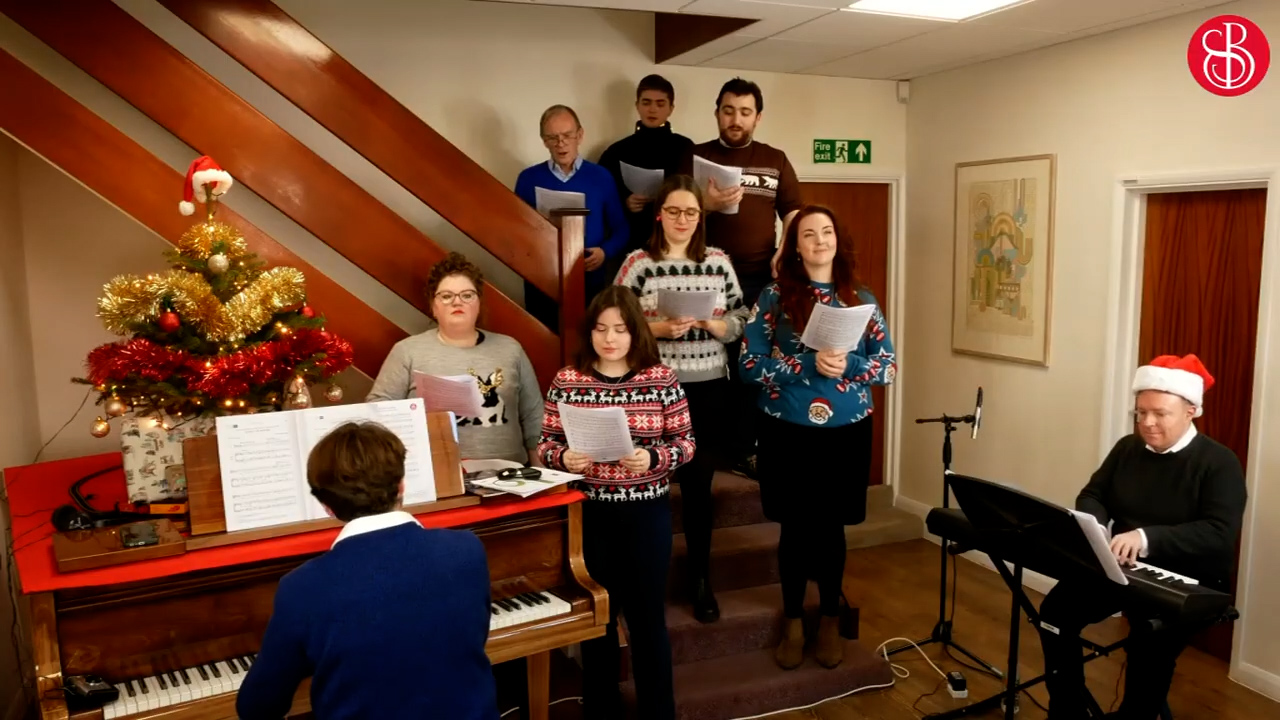Tag: Thomas Hewitt Jones
-

Guest blog: Composer Thomas Hewitt-Jones on the threat AI poses to music
Composer Thomas Hewitt-Jones highlights the impact AI might have on the creative industries.
-

Thomas Hewitt Jones charming new carol ‘Love is the Answer’
THJ’s latest creation is a rosy and uplifting musical expression of kindness.
-

Four carols to kick off the festive season
Not so much revelling in the headiness of a contrived Dickensian Christmas, more a musical articulation of the way I now see the Christmas story.